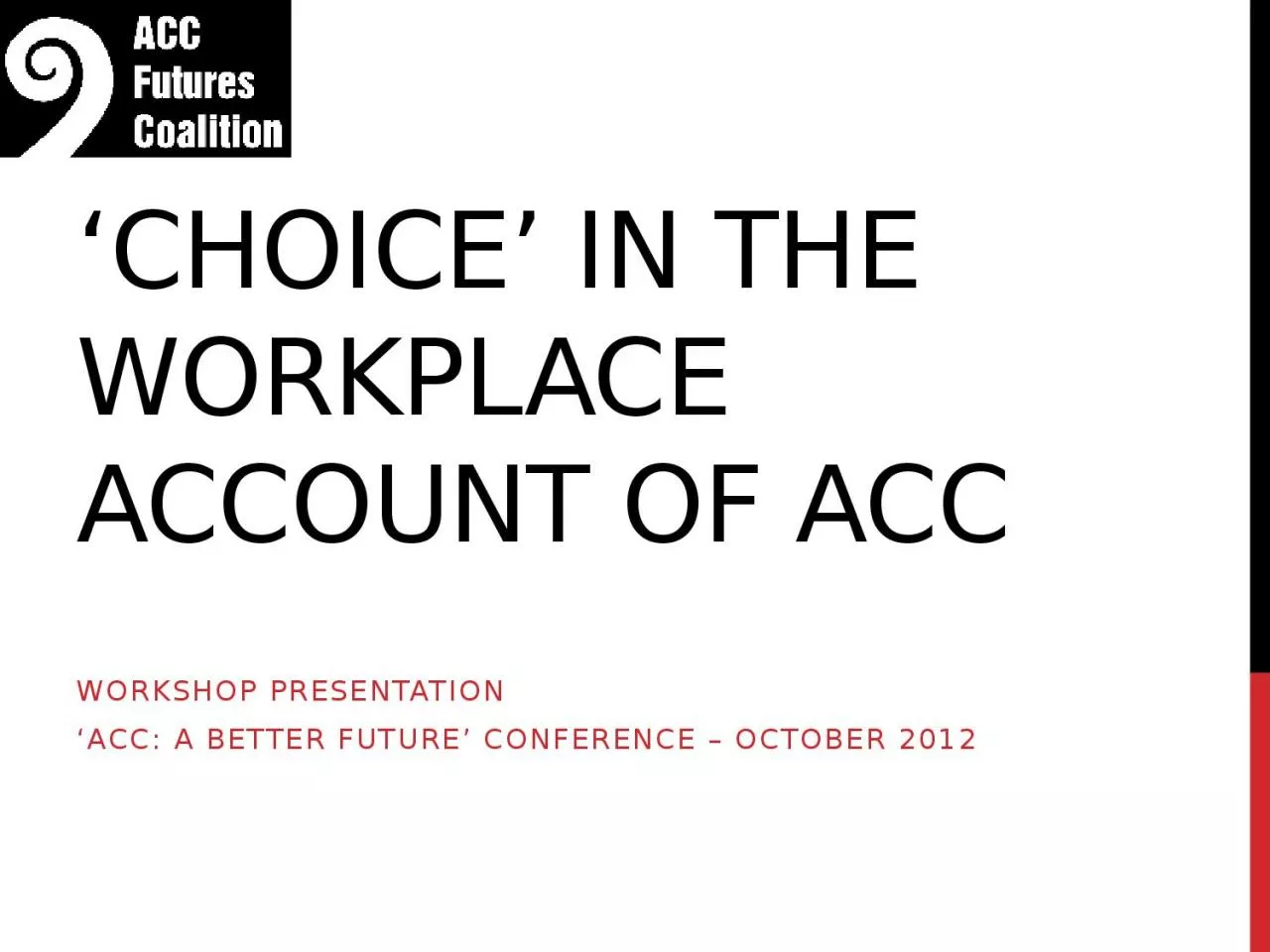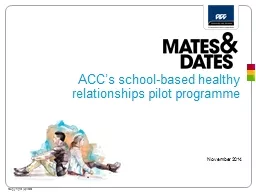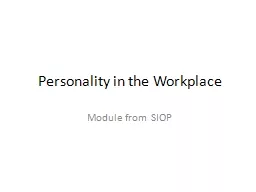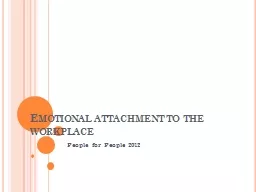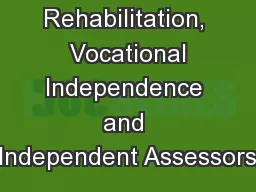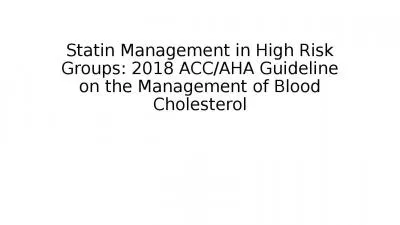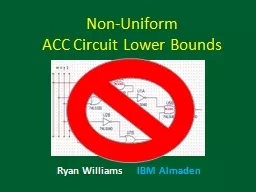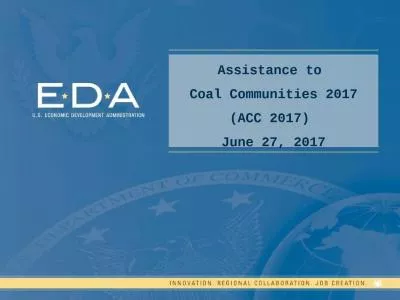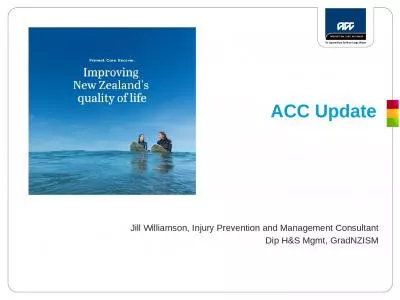PPT-‘Choice’ in the Workplace account of ACC
Author : riley | Published Date : 2023-11-03
Workshop presentation ACC A better future conference October 2012 Why is Choice important For employers Employers would cease to be price takers Market theory suggests
Presentation Embed Code
Download Presentation
Download Presentation The PPT/PDF document "‘Choice’ in the Workplace account of..." is the property of its rightful owner. Permission is granted to download and print the materials on this website for personal, non-commercial use only, and to display it on your personal computer provided you do not modify the materials and that you retain all copyright notices contained in the materials. By downloading content from our website, you accept the terms of this agreement.
‘Choice’ in the Workplace account of ACC: Transcript
Download Rules Of Document
"‘Choice’ in the Workplace account of ACC"The content belongs to its owner. You may download and print it for personal use, without modification, and keep all copyright notices. By downloading, you agree to these terms.
Related Documents

